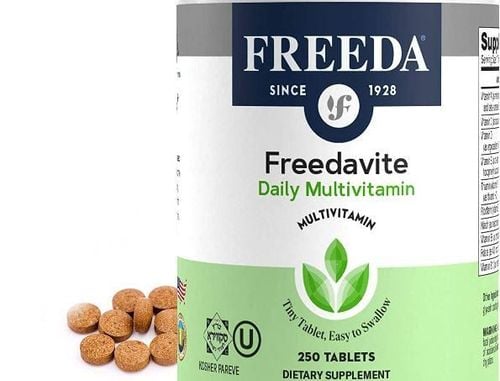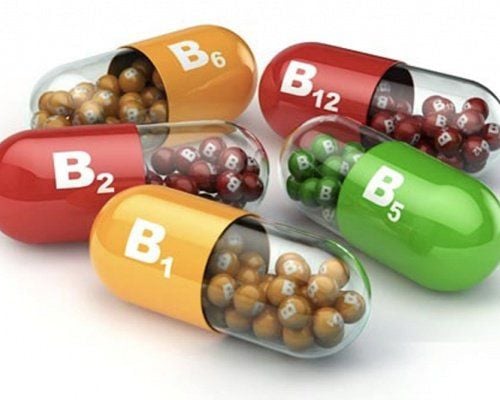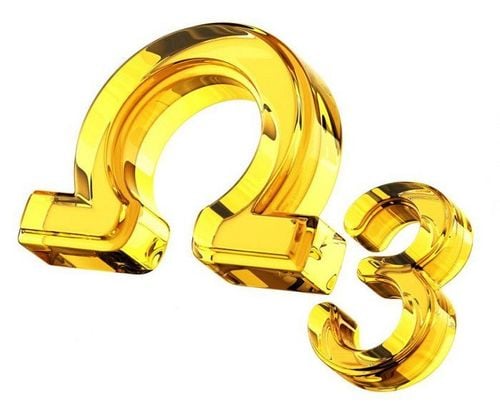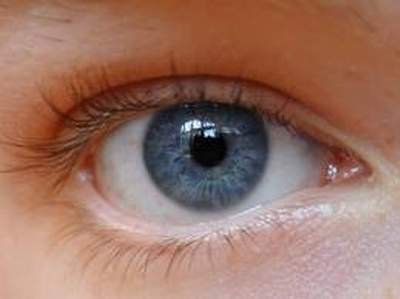This is an automatically translated article.
Wheatgrass has many health benefits such as strengthening the immune system, detoxifying the body, treating constipation, relieving pain caused by rheumatism,... So what is wheatgrass and how is it used?1. What is Wheatgrass?
Wheatgrass is the sprout of the wheat plant (Triticum aestivum). It grows in temperate regions throughout Europe and the United States, especially this plant can live indoors or outdoors. Many people grow their own wheatgrass by soaking wheat seeds in water, waiting for them to sprout, and harvesting the leaves.Wheatgrass is a rich source of natural vitamins and minerals, including: Vitamins A, C, E, Ka and B6, calcium, selenium, magnesium, iron,...
2. How is wheatgrass used?
Wheatgrass leaves are difficult to digest, so people often grind wheatgrass to get juice. Wheatgrass leaves can also be dried, made into oral tablets. Some people also mix wheatgrass with water and use it as an enema to cleanse the digestive system. Others eat wheatgrass raw because they believe that cooking destroys the healthy natural enzymes found in the food.3. Uses of wheatgrass
Wheatgrass has many uses. Accordingly, many people use wheatgrass to:Support the treatment of a number of health conditions such as colds, coughs, fevers, digestive problems and skin diseases; Prevention and treatment of diseases such as cancer, HIV/AIDS. They think that the chlorophyll present in wheatgrass acts like hemoglobin (the protein in red blood cells, responsible for carrying oxygen) to help increase oxygen levels in the body. In fact, there is little evidence that wheatgrass actually has any detoxifying or preventive or curative effects. Most of the small studies have focused on the effects of wheatgrass on the digestive system. Several studies have found wheatgrass to be effective:
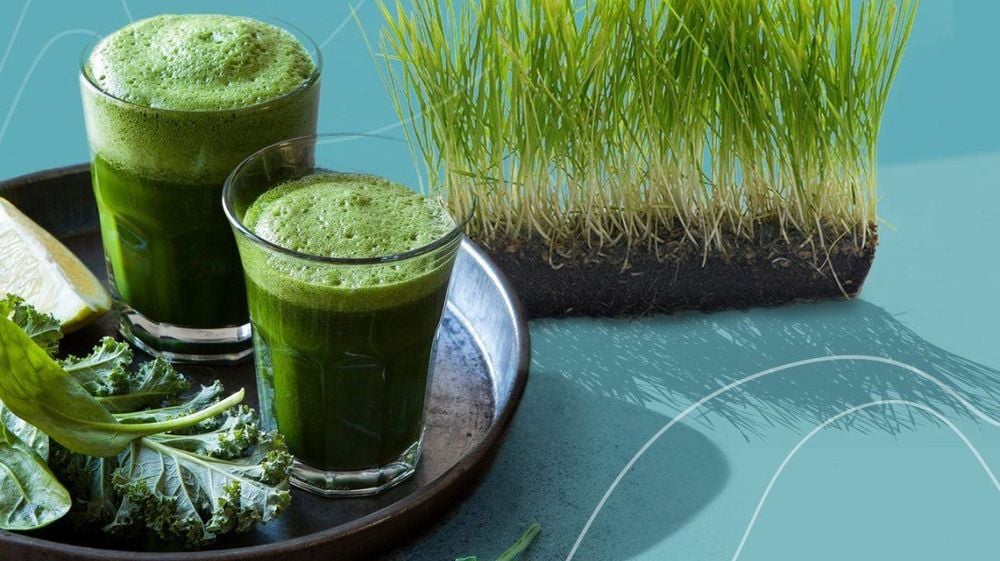
Wheatgrass là mầm non của cây lúa mì và có nguồn dưỡng chất dồi dào
4. Side effects of wheatgrass
Although wheatgrass is considered safe, some people have experienced side effects after using it, especially in high doses. They may experience mild symptoms such as headaches and nausea, or more serious allergic reactions such as hives and swelling of the throat. Also, since most people eat wheatgrass raw without cooking it, there is a chance the grass is contaminated with bacteria or other organisms from the soil.You can try using a small amount of wheatgrass if you make sure the product is provided by a reputable unit. Children, pregnant and lactating women or anyone with a weakened immune system should avoid unprocessed wheatgrass as it may contain bacteria.
Please dial HOTLINE for more information or register for an appointment HERE. Download MyVinmec app to make appointments faster and to manage your bookings easily.
Reference source: webmd.com




